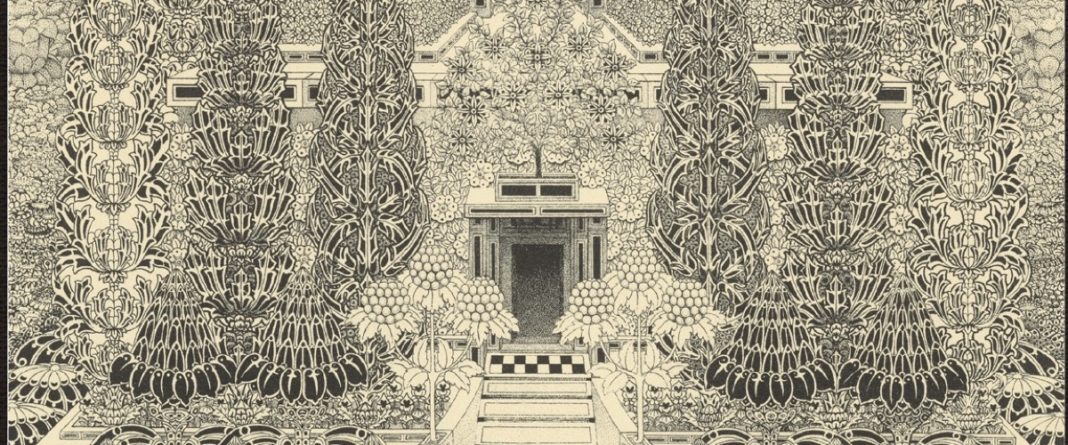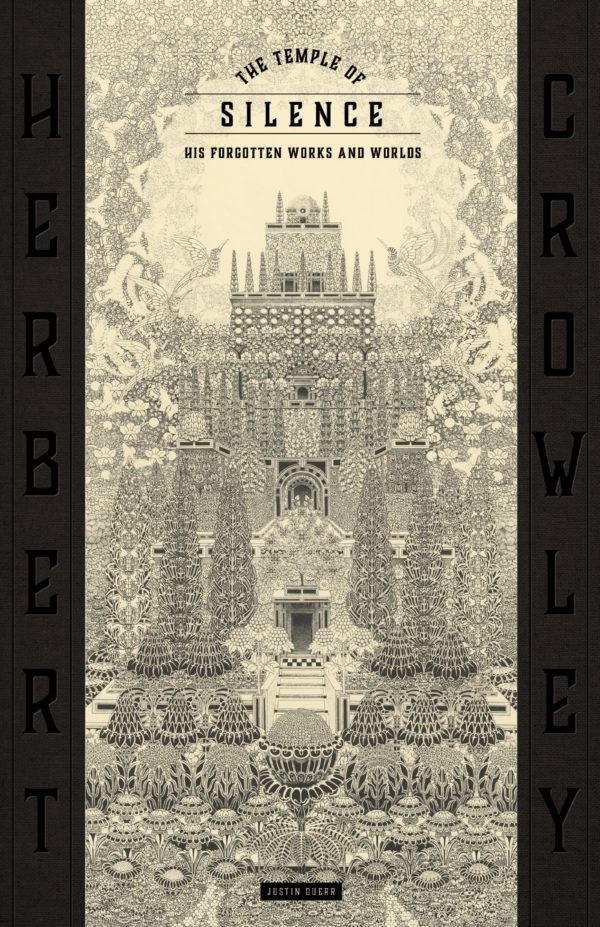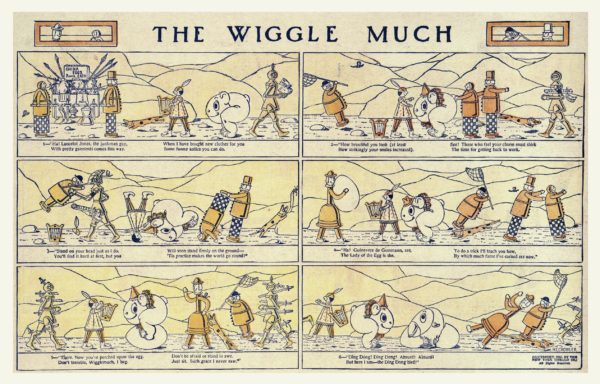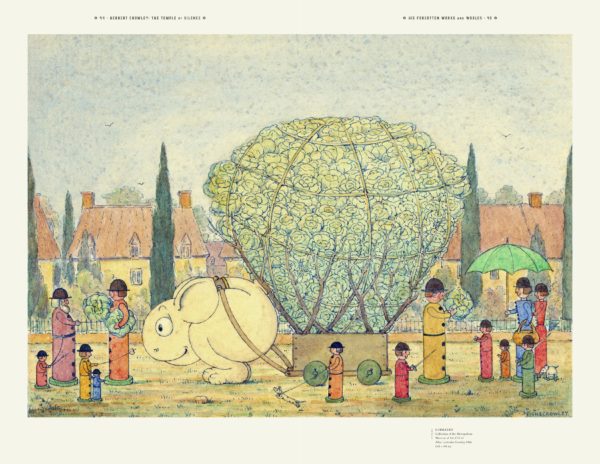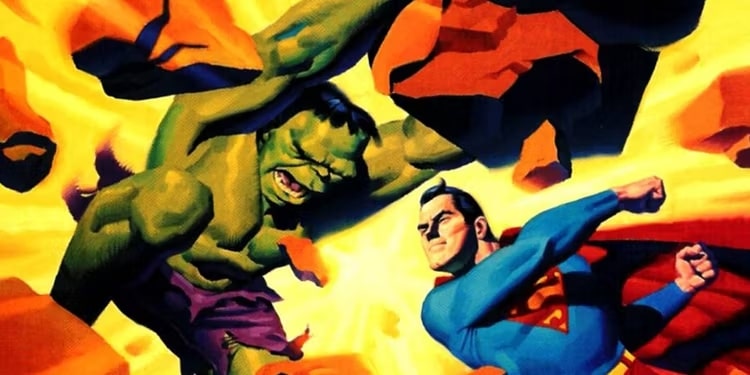The Temple of Silence: The Forgotten Works and Worlds of Herbert Crowley
By Justin Duerr
Beehive Books
For 14 weeks in 1910, the New York Herald ran a comic strip called The Wigglemuch, which would have been lost to time if examples of it had not popped up in Dan Nadel’s book Art Out of Time: Unknown Comics Visionaries, 1900-1969. It’s from there that author Justin Duerr decided he wanted to know more not only about The Wigglemuch but about their creator, Herbert Crowley.
The book was announced to the world as a Kickstarter project in 2016, and the result of that campaign finally appeared this year in bookstores as a beautiful art book and thrilling work of history and biography. In The Temple of Silence, Duerr tells the story of his search and gathers together material to reveal something akin to a secret work in the history of comics, as well as the lost story of a human being.
Born in England, Herbert Crowley studied opera in Paris and pursued a musical career in Canada that was derailed by stage fright. Aimlessness and travel followed until he found himself in New York City in 1904 and shifted his intereste to visual arts. He fell in with the art community there and helped found an arts colony on a farm in Rockland County, New York, where he had a studio. It was there that Crowley came up with his obscure, bizarre comic strip The Wigglemuch.
After his death in 1937, Herbert Crowley’s artwork was thrown into Lake Maggiore in Switzerland, dashing any possibility of posthumous acclaim, but Duerr was able to find stragglers scattered in various places around the world and that is what remains of Crowley’s work, collected for the first time in this book along with a thorough biography resulting from Duerr’s painstaking investigation.
What Crowley’s reproduced drawings reveal are a whimsical world of strange creatures with names like the Tramadoo and the Chumalok, and including many appearances by the Wigglemuch themselves, as well as scores of round-figured men men who look a bit like old Playskool figures. Some of these feature a deceptive simplicity, while others look like complicated children’s book drawings. At times, Crowley’s work, particularly when focused on bizarre animals in nature areas, have the feeling of animation cells.
But his paintings and sculpture exist in the same territory. The sculptures are plainly the same creatures he puts down on paper, just in the three-dimensions, while the paintings add a misty aspect that creates a foreboding to similar subject matter. Experimentation with color offers what can only be qualified as a psychedelic aspect, which is magnified by a number of intricate black and white works that mix mythological imagery with insanely detailed patterning.
Much of this material actually reflects what is found in the actual Wigglemuch comic strips, which are collected here. At first the strips concern themselves with the taming of the Wigglemuch, but quickly shifts into much more surreal territory that has knights showing up on a passenger boat and seems to alter the setting of the strip, as well as the narration. It becomes surreal and nonsensical, embracing a mystical aspect that makes it more and more incoherent.
The Temple of Silence is a monumental work of passion and skill. As Duerr says, “I found that while the past may be largely forgotten, it hasn’t disappeared. It’s hidden away everywhere, in trunks and ruins, inside boxes and under floorboards, ever-present and just underfoot for those inclined to look.” That’s the kind of art career Crowley seems to have had — brushes with posterity that seem like he might be going somewhere, but finding he and his baggage full of work instead standing on the pier, watching the boat move to the horizon without him.
But Duerr’s mission has been to if not get Herbert Crowley on the boat after all, at least try to place the baggage on it, with the story of the man who left the baggage behind alongside it. He’s done Duerr great justice his efforts and in the process rewritten a part of early comics history.


